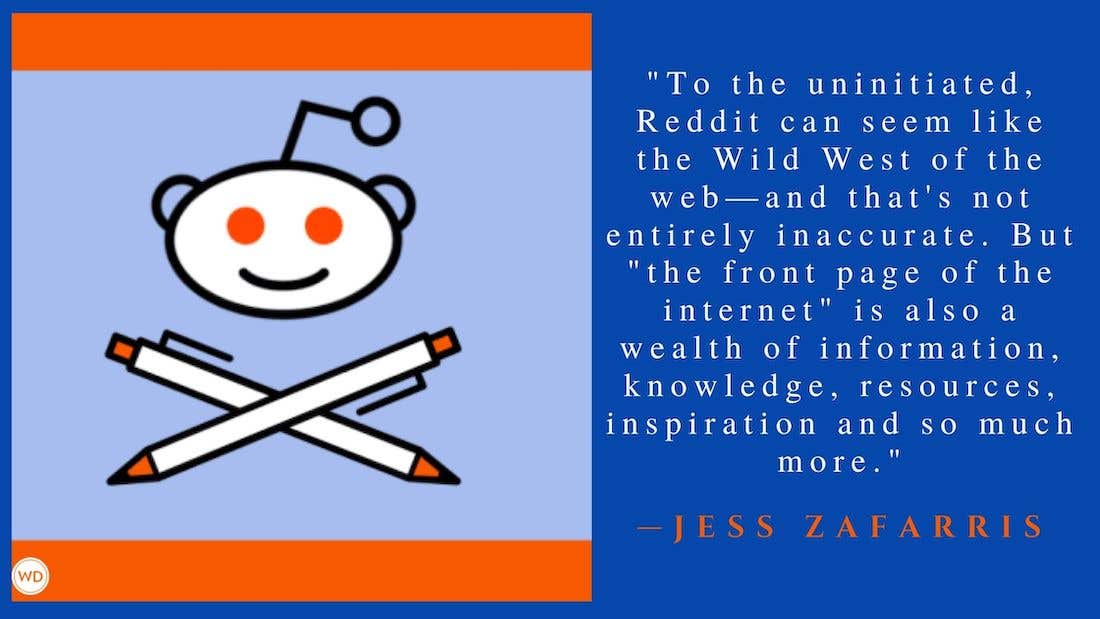It’s a Bird! It’s a Plane! It’s Your Lead!
Take a cue from great newspaper articles: Use snazzy and surprising leads that grab your readers’ curiosity and keep them hooked until the end.
Once you get used to the idea that most readers (and most editors, for that matter) have the attention span of a hyperactive sand fly, your life as a nonfiction writer will get much easier. Back in the olden days of the 20th century, writers had the luxury of a paragraph or two to engage the readers' attention. You could lead into your topic a bit leisurely, tease readers a tad, then hook them like Brad Pitt flicking trout out of a Montana stream in A River Runs Through It (an old 20th century movie, for you youngsters).
These days, though, readers' lives are even busier and the demands on their attention more frenzied. The new look of CNN Headline News could be a metaphor for our age: umpty-zillion crawls of type, scrolling headlines, talking heads and flashing factoids. The poor audience doesn't know where to look, and the risk is they'll just look away entirely.
Nobody knows this Las Vegas-ization of the nation's attention span better than the newspaper writers who must compete with it, armed with nothing more than old-fashioned print on paper. They've got to engage readers on topics as varied and potentially soporific as city council meetings, Enron shenanigans and Namibian parliamentary elections. And newspaper writers have nanoseconds to compel readers before they flit to another headline, turn the page or put down the paper to go toast another Pop Tart. So if you're looking to learn how to write opening lines that will grab your readers even when Britney Spears is beckoning from the living room and Lara Croft, Tomb Raider, is calling from the computer in the den, you might start with that newspaper tossed on your doorstep every morning.
Secrets of the pyramid
Newspaper writers used to tackle this challenge with a scheme called the "inverted pyramid." This meant cramming all the most important information into the first sentence, the next most noteworthy in the second sentence, and so forth to the bottom of the story. The inverted pyramid made life easy for makeup editors, especially in pre-computer days, because they could safely cut a story from the bottom to make it fit. Whatever fell victim to the scissors was by definition less newsworthy than whatever above it survived.
The inverted pyramid led to a lot of indigestible opening lines, however, so lengthy and crammed with facts that they were offputting rather than engaging: "The murder yesterday morning at 5:32 of a 32-year-old Shady Heights dentist, Marvin Incisor, at his home at 321 Colgate Lane has police interrogating a neighbor, Homer Trummer, 37, of 323 Colgate Lane, whom witnesses say was involved in a hedge-trimming dispute with the victim, according to Police Chief Wilbur Garfinkle, who ..." Just try diagramming such a sentence!
Realizing that readers were getting most of the facts first in TV news snippets, anyway, journalists began "featurizing" their leads. Computerized typesetting made trimming from the bottom less crucial. So the inverted pyramid began to give way to other forms.
Three keys to leads
But today's featurized opening lines and the premium placed on grabbing readers from the outset doesn't mean first sentences have to be short. If you plant the right payoff at the end, a long, well-paced first sentence can convey almost as much information as in the inverted-pyramid days, while still hooking readers to read on. Consider this lead from this New York Times article by Alex Kuczynski about, of all things, breath mints:
On a wintry Tuesday afternoon, Dr. Richard W. D'Souza, the vice president for oral health care of Pfizer, stood in front of a shelf stacked with gallon jugs labeled Artificial Saliva and Pooled Human Saliva, and spoke about the art of killing.
That 42-word opening manages to accomplish at least three things:
1. Setting the stage for readers: Who's the "character" and where are we? While important, stage-setting is seldom enough to grab readers on its own. Unless your story takes place somewhere highly unusual and is populated with instantly riveting players, preferably celebrities the readers already care about (Julia Roberts on Mars, for example), you need more.
2. Piquing readers' curiosity. Artificial Saliva? Pooled Human Saliva? What gives here? Again, curiosity can be a powerful opening ingredient, but it's not always enough. Curiosity can turn into confusion: What's going on? Who cares?
3. Providing a punch-line-like surprise that pushes mere curiosity into "I've got to know more." Here we have a corporate bigwig—a doctor, no less—in a laboratory-sounding setting, all of a sudden talking about "the art of killing." Of course, he turns out to be talking about unleashing breath mints to kill microbes ("They are nasty little buggers, and they should die ..."). But the startling juxtaposition of corporate lab and killing is enough to keep us reading.
Curiosity hooks
As first sentences get shorter, they have to work even harder. If you can briefly sketch your setting and character and combine that essential business with a poke to readers' curiosity, often that's enough to get them to sentence No. 2. See how Bob Greene, the prize-winning Chicago Tribune columnist, began a celebrity piece some years ago:
There is no plausible reason for Rod Stewart, the world's current king of rock and roll, to be in this backwoods part of the Carolinas.
Just 25 words, but let's face it: You're curious. Greene has swiftly set his stage—rock star, backwoods Carolinas—and intrigued us with, "There is no plausible reason ..." Of course there's a reason—and now we want to know what it is.
With even briefer opening lines, you must dispense with the stage setting but keep the curiosity. You'll have time enough in the next few sentences to fill in the blanks of who, what, when and where—if you grab readers with the first sentence, and if you don't simply bewilder them. For example, here's how Greene started another newspaper story, about a woman seeing her father for the first time in 27 years:
The long wait was over, and now she had the purple orchid.
That's only a dozen words, and you don't know anything about her father or the 27 years or even the woman's name, or the fact she's on an airplane, coming back from the reunion. You'll learn all that soon enough. From the first line you know there's been a long wait for something, probably something important, and you're curious about the purple orchid. (It helps that it's an unusual flower with a specific color—"now she had the daisy" wouldn't be as intriguing.)
Leads like this can also give you a powerful ending, as the curiosity you've engendered gets satisfied. In closing, Greene describes a flight attendant stopping in the aisle to ask about the orchid:
"What a beautiful flower," the stewardess said. "Did you just get married?" "No," Linda said. "It was a gift from my father."
Of course. There's the payoff from the intriguing lead.
Sometimes, if you have the right material, you can get away with an even shorter opening sentence. Your subject must up the ante of the readers' curiosity, though. That's what the best newspaper leads do. That's what your opening sentences can and must do, too.
From the September 2002 issue of Writer's Digest.






